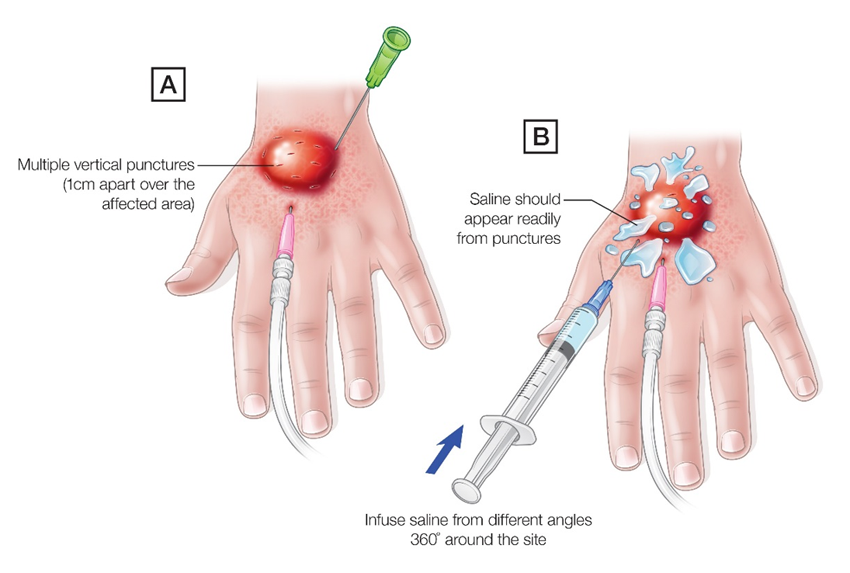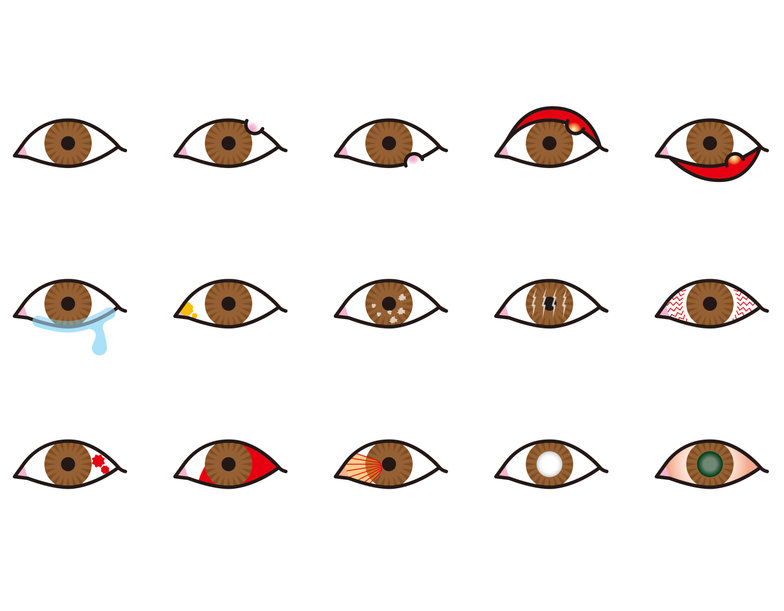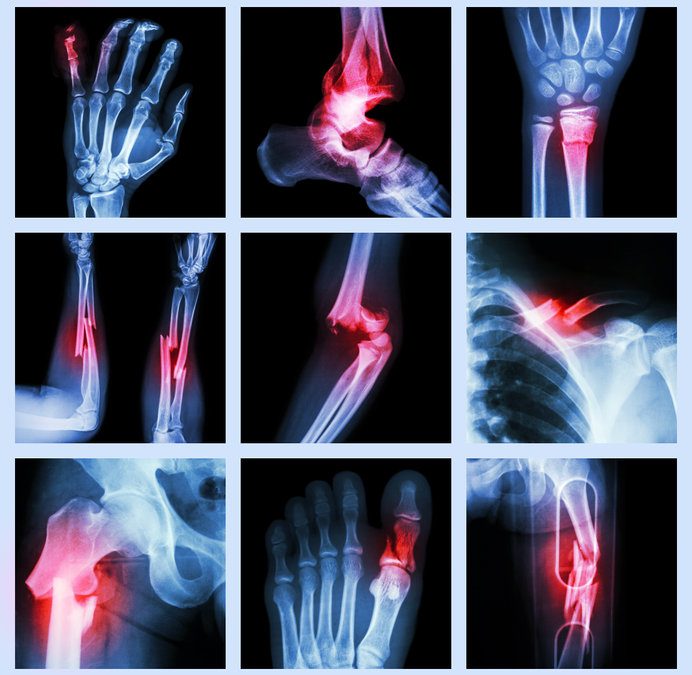
The Dangers of Cannulation & Extravasation Injuries
17th September 2021
The painful red eye differential diagnosis and traps to avoid
1st October 2021Falls from height are one of the most common causes of severe and fatal injuries, and the magnitude of those injuries is dependent on the height of the fall, the impact surface, the body’s landing position and even the clothing a person was wearing.
When it comes to falls from a height, medical professionals shouldn’t be examining a patient from the head down, but from the toes up. As someone hits the ground after a fall, force transmission through the limb almost always results in damage to the weakest point. This leads to a number of common injuries which doctors should be aware of when examining a patient.
Calcaneal fractures
Calcaneal fractures are the most common tarsal fracture, accounting for 60% of tarsal fractures and around 2% of fractures as a whole. Roughly 75% will be intra-articular, and they fall into three categories. In category A, the anterior process of the calcaneus will be fractured. In category B, fractures can be found of the mid-calcaneus, trochlear process and sustentaculum tali. In category C, there will be a fracture of the posterior tuberosity. If bilateral calcaneal fractures are present, then the spine should also be examined.
Pilon fractures
A Pilon fracture occurs to the tibia, close to the ankle, usually resulting in a break to both the lower tibia and fibula. People presenting with a Pilon fracture almost always have other injuries after falls from height or vehicle accidents. Externally there will be swelling and bruising to the leg and ankle, an inability to weight-bear and severe pain when the site is touched. In some instances, the ankle may appear deformed. An x-ray and CT scan will confirm the severity of the fracture, but you should also inspect the spine for further injuries.
Tibial plateau fractures
The tibial plateau is one of the most important weight-bearing joints in the human body and is very susceptible to fractures following falls from height. A break of the tibial plateau results in instability to the knee joint, and if not treated early enough, can lead to long-term issues with mobility. Such fractures can be managed surgically or non-surgically, depending on severity, often calling for a knee brace and the need for ongoing physiotherapy.
Fractures of the neck of the femur
Hip fractures are amongst the most common injuries in falls from any height. Patients may experience an inability to move after a fall, bruising and swelling to the area and severe pain. Treatment will usually involve the need for surgery, followed by ongoing physiotherapy to regain movement. The severity of the injury and the level of intervention required will depend on the height of the fall and force of impact.
Spinal compression fractures
Spinal or vertebral compression fractures often occur in those affected by traumatic injuries such as falls from height. This is where the force of impact causes one or more vertebrae to collapse, resulting in severe back pain. Such an injury may also cause ‘burst fractures’, where compression of the spine leads to nerve damage which can affect other parts of the body.




